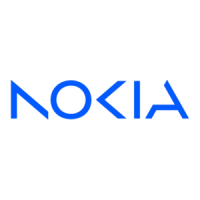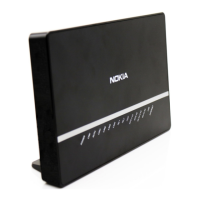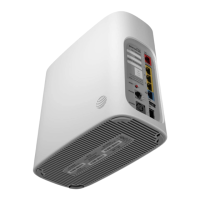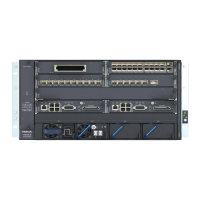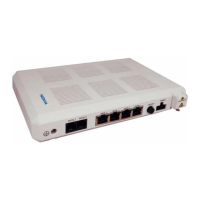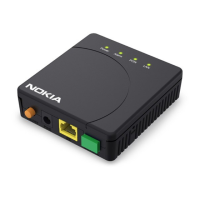ANSI Hardware Installation Manual Fiber optic cable management in the
7360 ISAM FX-16 shelf
Issue: 09 3HH-12893-AAAA-TCZZA 143
DRAFT
8.2.1 General safety and operations information
This section provides general safety and operations information. See the
7360 ISAM FX Safety Manual for more information.
8.2.2 Optical modules
NT and LT cards are populated with a customer-defined combination of pluggable
optical modules that provide the bandwidth required by the specific 7360 ISAM FX
system deployment; see the local plans for more information.
The number of optical modules depends on the card type. Each of the connectors
has a Tx port and an Rx port. Depending on the type of optical module, one or two
optical fibers are required to connect to the optical module.
Danger — Non-terminated optical connectors may emit
invisible laser radiation. Serious eye damage may occur if the
laser beam is viewed directly or with improper optical
instruments. Avoid direct exposure to the laser beam.
Warning 1 — Do not use nylon cable ties for securing fiber optic
cable.
Warning 2 — During card installation, proper fiber
management is crucial. Improper fiber placement can cause
the fibers to crimp and become damaged.
Caution 1 — When working with optical fiber cable, it is
essential to use caution to avoid breaking the fibers. Do not
pull, kink, or twist the optical fiber cable. If the cable is kinked,
pulled, twisted, or otherwise damaged, it must be discarded
and replaced with another cable.
Caution 2 — Avoid sharp bends in cables. Use the proper bend
radius when installing cables. The minimum bending radius of
fiber optic cable is 1.5 in. (38mm), or 20 times the cable
diameter, whichever is greater.
Warning — Do not use unauthorized SFPs or XFPs. This can
adversely affect the system requiring operator intervention.
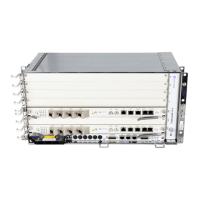
